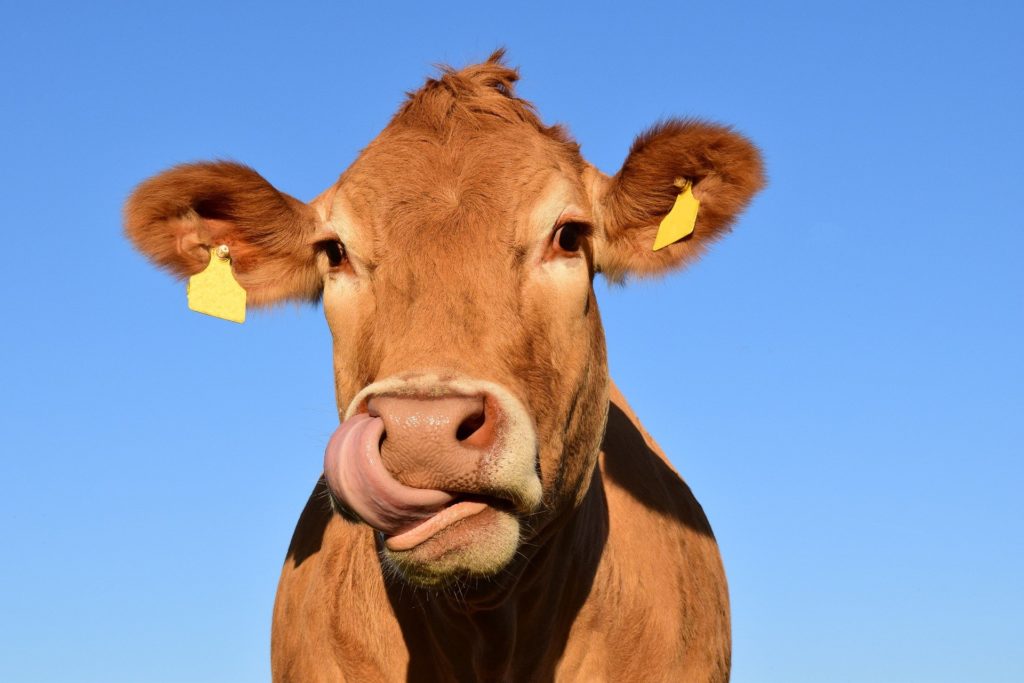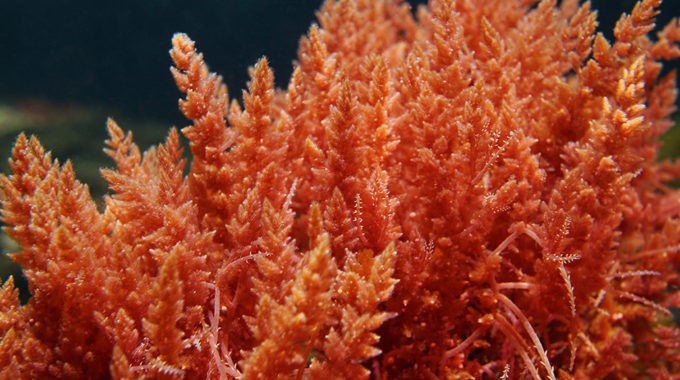SA commercial seaweed leases granted
A commercial seaweed farm off the Yorke Peninsula is one step closer, with the South Australian government granting two production leases and licences in the region.
Commercial seaweed could be a game-changing new industry. Processing seaweed into a livestock feed supplement has been found to cut methane production in cattle and sheep. It also allows energy to be used for growth or milk production.
Early estimates by aquaculture solutions provider CH4 Global indicate seaweed production could be worth $140 million a year in South Australia, with the potential to create 1200 jobs.
It’s anticipated that seaweed-based stock feed supplements will soon be in strong demand for improved growing rates and in jurisdictions like California in the US, where limits have been imposed on greenhouse gas emissions from livestock.

A great outcome
The Narungga Nation Aboriginal Corporation (NNAC) has been granted two production leases and licences for 10 hectares within the eastern Point Pearce intertidal aquaculture zone; a further 30 hectares within the west zone.
“These are the first marine algae aquaculture leases and licences issued for South Australia,” says Minister for Primary Industries and Regional Development David Basham. “It marks the start of a new sector for our aquaculture industry.
“This is expected to bring new economic development and employment to the Yorke Peninsula, including local Aboriginal communities. It’s a great outcome for the social and economic wellbeing of the Narungga people. It also offers benefits for the whole state.”
NNAC is working in partnership with CH4 Global. This New Zealand, Australian and US-based company focuses on farming marine seaweeds for commercial purposes to reduce emissions in the livestock industry.

Methane-busters
NNAC Chief Executive Officer Klynton Wanganeen has welcomed the leases for the project. The algae is native to the Narungga Nation’s traditional waters in the Yorke Peninsula. The area has the perfect climate to grow both cold and warm water varieties of seaweed.
“The project is still in the testing stage,” Wanganeen says. “But it’s hoped it will lead to the first commercial-scale supply of the seaweed in the world. We’re in the process of planning and putting in the infrastructure for two one-hectare leases. Then we can start growing with a view to working out the optimal depth for the warm water species.”
The farm will produce two species: a warm water species Asparagopsis taxiformis and a cool water species Asparagopsis armata. This will ensure high growth rates year-round.
Research has shown that small amounts of this algae added to cattle feed can reduce the methane in cow burps by close to 100 percent.









